HOW TO GET WATER OUT OF YOUR CARPET
Dealing with wet carpet from a water emergency requires prompt action to prevent mold growth. Here are the crucial steps:
Identify the type of water: Determine if the water is clean, greywater, or sewage. If unsure, seek professional assistance.
Remove standing water: Use wet-dry vacuums or pumps to extract water. Rent equipment if needed, and use towels for smaller areas.
Dry the room: Remove water-damaged furniture and use fans, dehumidifiers, and ventilation to facilitate drying.
Assess carpet damage: Determine if the carpet can be salvaged. Remove and discard wet padding to prevent mold growth.
Thoroughly clean the area: Ensure carpets are fully dry before cleaning. Consider professional moisture testing for hidden water pockets.
Prevent future incidents: Regularly inspect plumbing, install flood alarms, and keep contact information for water restoration professionals handy.
By taking these steps promptly and thoroughly, you can minimize water damage and restore your home to normalcy.
HOW QUICKLY CAN City Plumbing pro RESPOND TO WATER DAMAGE?
When faced with a water damage emergency, City Plumbing pro provides 24/7 service to address your needs promptly. Our experienced professionals assess the damage and take immediate action to remove water, dry the property, and disinfect affected areas, minimizing further harm.
We offer comprehensive water damage clean-up and repair services, including:
Addressing broken pipes and plumbing fixtures, such as sump pumps and water heaters.
Handling sewage damage from toilet and drain backups.
Managing storm damage caused by heavy rain, ground water seepage, and flooding due to severe weather.
With City Plumbing pro, you can trust that your water damage restoration needs will be addressed efficiently and effectively.
CAN YOU VACUUM FLOOD WATER?
When facing a home flood, take immediate action to mitigate damage:
Turn off water and power to affected areas.
Remove electronics, appliances, and furniture.
Document damage and losses.
Check floor drains and address sump pump failures.
Utilize wet-dry vacuums to remove water.
Wet-dry vacuums are safe for liquid use, but caution is needed with electrical components. Consider renting larger models for faster water removal. Remember, even a few inches of water can cause significant damage. City Plumbing pro offers reliable water damage restoration services, including cleaning, deodorizing, and protection against germs, mold, and odors. Trust us to safely and efficiently restore your home.
WHAT HAPPENS TO OUR WATER DAMAGED FURNITURE AFTER A FLOOD?
When dealing with water-damaged furniture after a flood, it's crucial to understand that padded furniture, such as couches and chairs, is often unsalvageable due to the difficulty of drying out the cushions and padding completely. Even if the water was clean, the risk of mold and mildew is high.
City Plumbing pro water restoration team provides prompt and efficient services, working with you and your insurance company to minimize the hassle. This includes water extraction, removal of unsalvageable items, cleaning, deodorizing, and thorough drying of the affected areas. We document the damage to facilitate insurance claims and ensure a quick and accurate process.

